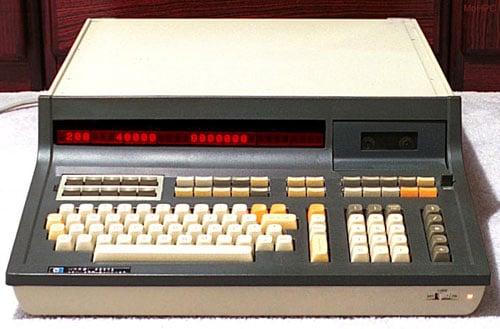External drives come with a variety of confusing and esoteric ports. Here's what you need to care about. USB 3.0 Micro B port is the most common port on portable backup drives today. The Best NAS (Network Attached Storage) Devices for 2020. Networked storage is the most versatile storage, but that's just one of the many benefits of buying a NAS device.
A USB device is any electronic gadget that interfaces with a computer through the Universal Serial Bus (USB) port. If this gadget or device has the ability to store massive amounts of data, it is handled by computer operating systems as a USB mass storage device. Some examples include memory sticks or thumb drives, digital cameras, flash cards, MP3 players and external CD/DVD players.

The computer can recognize and interoperate with USB devices thanks to a set of protocols developed by the USB Implementers Forum (USB-IF), a non-profit organization dedicated to the development and maintenance of USB standards. These communication protocols are bundled together as the USB mass storage device class. Members of the USB-IF include Microsoft® and Apple® among others, making USB standards universal rather than proprietary. A Macintosh® computer will detect a USB device in the same way a PC computer will so that your memory stick or other external USB device will work with all computers, regardless of make or operating system.
Thanks to these protocols, many devices can use the USB port for plug-and-play functionality adding considerable value to the system. It's nearly impossible to imagine living without some of the USB mass storage devices we've become so accustomed to using, including external hard drives and personal digital assistants that combine palmtop computers with cellular phone service. This class of protocols can also recognize some newer cell phones, though most phones require proprietary USB drivers. Gear 360 action director 2017.
Data transfer rates for USB-connected devices have improved over the years. The first standard, USB 1.0 operates at 1.2 Megabits per second (mbps) and is still used for USB keyboards, mice and joysticks because of their low requirements. Other devices, like memory sticks, used the USB 1.1 protocol that operated at 12 mbps. USB 1.1 was replaced by USB 2.0, which bumped up speeds to 480 mbps. USB 3.0 is the newest standard with a data transfer rate some ten times faster at 5,000 mbps (5 Gigabits/sec).
External Mass Storage Devices Used
USB 3.0 is bound to make the USB mass storage device even more popular, if that's possible. USB devices are purportedly the most successful and ubiquitous devices of our time. The 3.0 data transfer rate will drastically reduce backup time to external drives and multimedia file transfers between digital movie cameras, flash cards and other storage media. If in the market for a USB device, check for 3.0 compatibility before purchasing.

